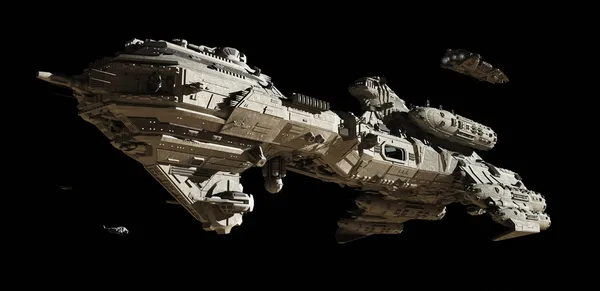
The idea is science fiction-like: a craft the size of a small city, spinning to generate gravity, with thousands of passengers on a one-way, 400-year trip to Alpha Centauri. But the Chrysalis project, a winner of the Project Hyperion Design Competition, is an engineering feasibility study of what would be required to undertake such a journey. Its designers see a self-contained, fusion-driven habitat that would maintain human life and culture over generations.
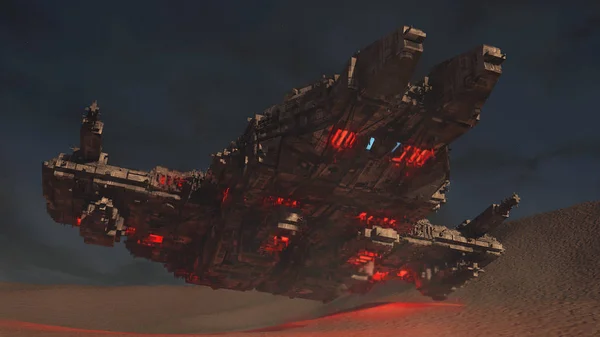
1. A Starship Built for Centuries
Chrysalis would be approximately 58 kilometers long, a “cigar-shaped” megastructure built at the Earth-Moon L1 Lagrange point to reduce gravitational stresses during assembly. This is also a location that provides access to lunar and terrestrial resources directly. The ship’s continuous rotation would provide artificial gravity, eliminating the debilitating effects of microgravity on bone density, muscle mass, and cardiovascular health that have been reported on the International Space Station.

2. Nested Architecture for Survival
The architecture takes a Russian nesting doll form, with concentric shells that have unique functions. A planetary shuttle and long-distance communications systems are contained in the inner core. Outside it is a controlled agriculture zone where crops, fungi, insects, and livestock are raised in varied biomes ranging from tropical rainforest to boreal forest to preserve biodiversity. Other layers include public areas like schools, hospitals, and parks; living quarters with sophisticated air exchange and heat transfer; recycling plants, manufacturing plants, and pharmaceutical plants for industry; and an outer layer of automated storage facilities operated by robots.
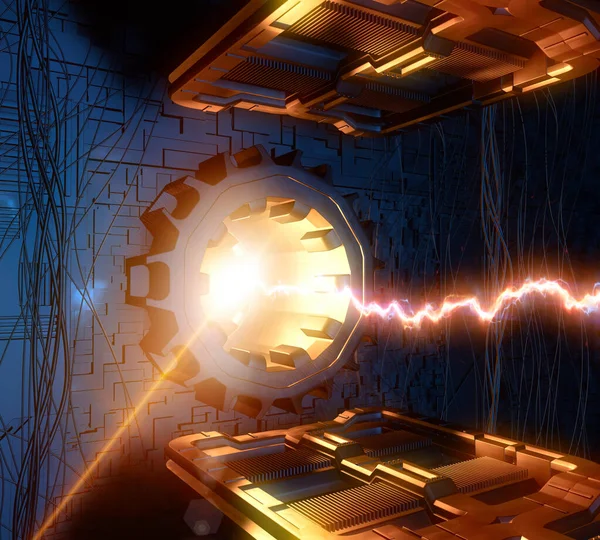
3. Fusion Power at the Center
Every habitat layer would be powered by nuclear fusion reactors, a technology not yet commercially realized but under active development. Concepts like Pulsar Fusion’s Sunbird fusion tugs demonstrate the potential for compact reactors producing megawatts of thrust and electrical power. In deep space, fusion’s high exhaust velocities could far outperform chemical propulsion, enabling both propulsion and abundant onboard energy for life support and manufacturing.

4. Artificial Gravity and Human Health
Through rotation, Chrysalis would replicate Earth gravity, compensating for most of the physiological degradations experienced in microgravity. It breaks from such free-flying colony ideas as Gerard K. O’Neill’s cylinders, which are also based on rotation but at a smaller diameter. The ability to sustain 1g over centuries would maintain musculoskeletal integrity, cardiovascular fitness, and developmental well-being in children born on board.

5. Closed-Loop Life Support
A mission of such length necessitates virtually complete resource recycling. Closed-loop systems like the ISS’s Environmental Control and Life Support System already recover water from waste and remove carbon dioxide from the atmosphere. ESA’s Advanced Closed Loop System has the ability to recycle 50% of exhaled CO₂ into oxygen and conserve hundreds of liters of water per year. Scaling these to 1,500–2,400 residents would mean combining air revitalization, water purification, and waste-to-resource technologies into an uninterrupted, fault-tolerant loop.

6. Population Control and Genetic Viability
The crew count would be intentionally capped at approximately 1,500 to reconcile resource consumption with genetic diversity. Theoretical minimum viable populations imply a minimum of 500 genetically disparate individuals to prevent inbreeding depression; the planners of Chrysalis suggest a buffer multiple times larger. Births would be planned to maintain stable population demographics, similar to social engineering models put forward for multigenerational starships, where age groups pass through roles over decades.

7. AI-Aided Governance
Governance would be a mix of human direction and machine intelligence. The project brief defines AI as allowing “resilience of the whole social system, better knowledge transfer between the different generations of inhabitants and a deeper vision of the overall dynamics of the Chrysalis spaceship complex.” This would demand stability in AI over the long term, adaptability of culture, and open decision-making to ensure trust over centuries.
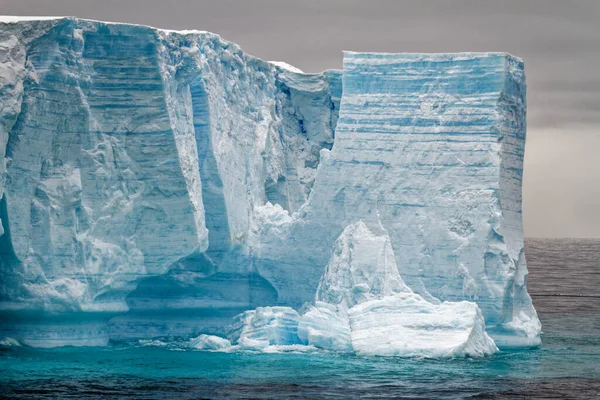
8. Pre-Launch Adaptation
To prepare psychologically, the initial generations would exist in Antarctic solitude for 70–80 years, experiencing the closed confinement, environmental routine, and dependence upon closed systems that they would encounter in space. From examination of long-duration missions on Mir and the ISS, it is clear that isolation results in “psychological closing” and isolation from mission control; training would involve maintaining cohesion and cross-cultural collaboration.

9. Evolutionary and Biological Considerations
A 400-year journey puts the crew into a new evolutionary environment. According to space adaptation studies, changed gravity, radiation, and closed environments may induce physiological adaptation within five to ten generations. Microbiome changes, radiation resistance, and oxygen transport adaptations might evolve, in addition to cultural divergence in language, traditions, and government.
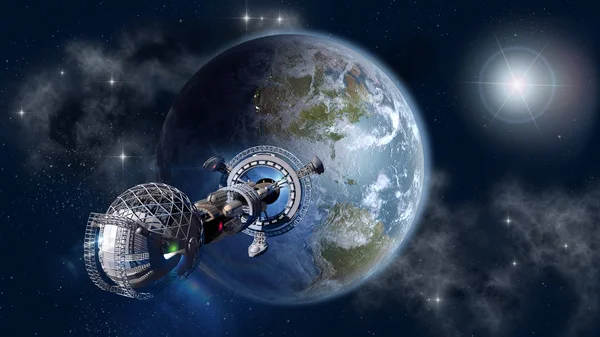
10. The Propulsion Challenge
Whereas Chrysalis’s internal infrastructure is carefully defined, its drive is theoretical. A fusion drive would in principle be able to provide low but steady acceleration, but nothing of that kind currently exists. Alternatives such as laser-pushed sails or modular fusion tugs would have to be invented, engineered, and demonstrated capable of safe operation for centuries without resupply.
The Chrysalis proposal is, in its authors’ own words, theoretical. But its multi-tiered integration of habitat engineering, closed-loop life support, fusion energy, and sociocultural planning is one of the most ambitious schemes for interstellar migration ever written down. For aerospace engineers and prognosticators, it provides not merely a destination, but a plan for how humanity could eventually take its ecosystems, cultures, and offspring to the stars.

